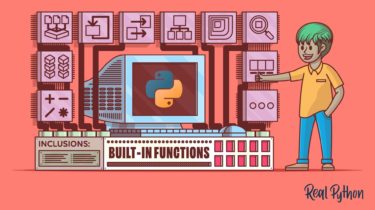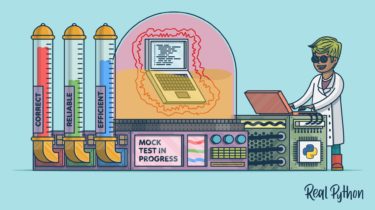Defining Python Constants for Code Maintainability
In programming, the term constant refers to names representing values that don’t change during a program’s execution. Constants are a fundamental concept in programming, and Python developers use them in many cases. However, Python doesn’t have a dedicated syntax for defining constants. In practice, Python constants are just variables that never change. To prevent programmers from reassigning a name that’s supposed to hold a constant, the Python community has adopted a naming convention: use uppercase letters. For every Pythonista, it’s […]
Read more





